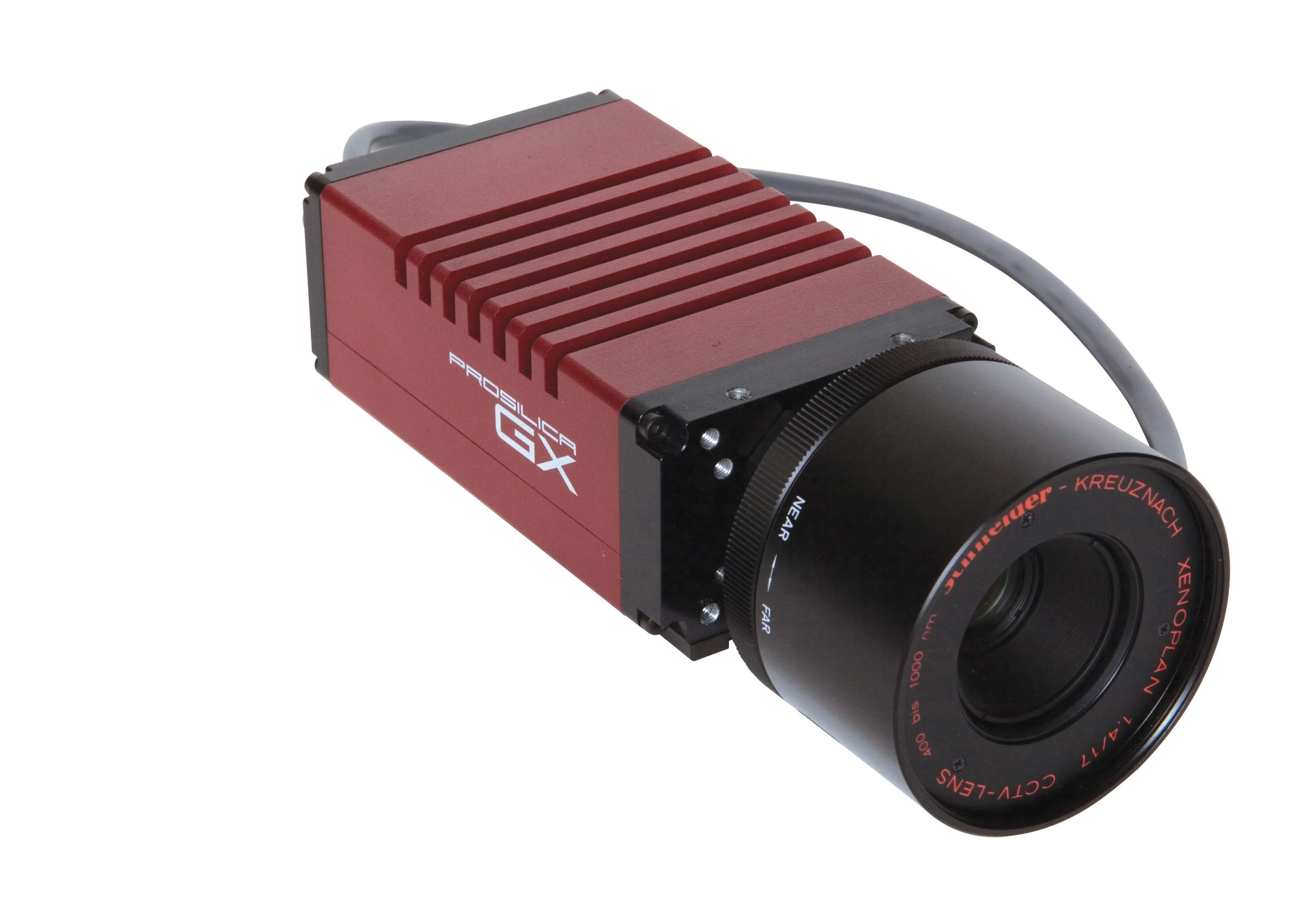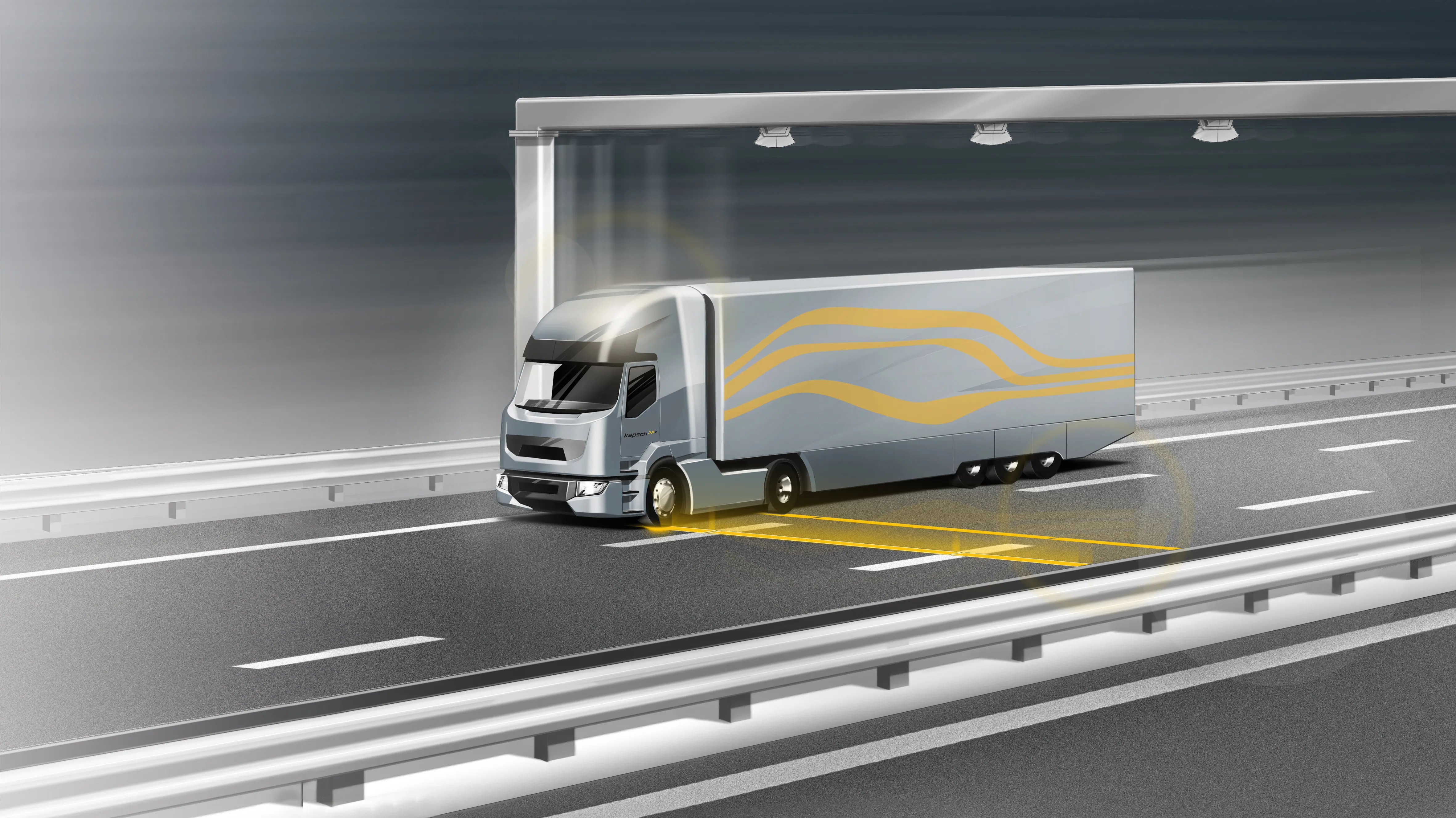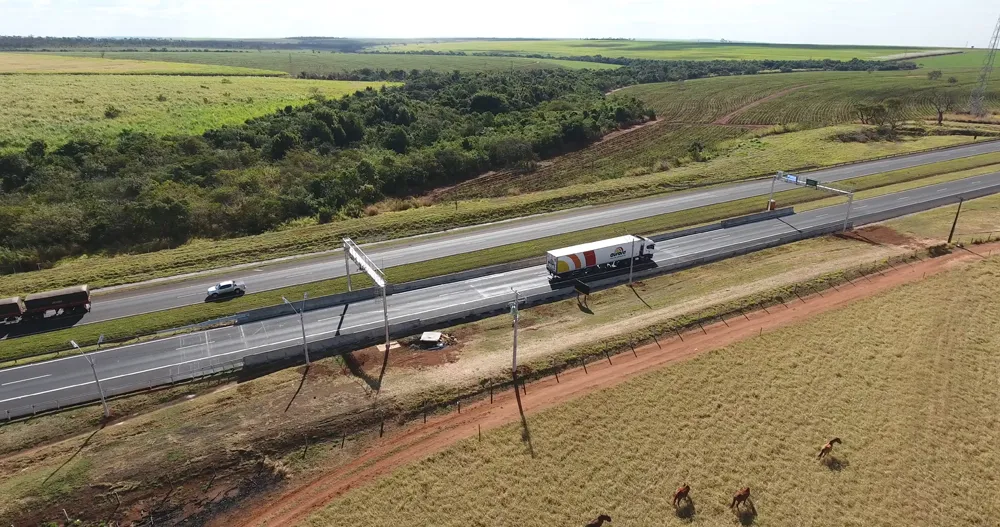2547 Allied Vision Technologies says that its new Prosilica GX1920 HD camera offers a high resolution solution for traffic imaging applications. The Prosilica GX1920 is a fast 2.82 megapixel HD resolution industrial camera featuring the new 2546 Sony ICX674 ExView HAD CCD image sensor. ExView HAD technology from Sony was first featured on the ICX285 sensor, which is said to offer high efficiency and near IR sensitivity in open road tolling and congestion charging. The ICX674 used in the GX1920 is the next generation device from Sony and provides the same image quality and sensitivity benefits as the ICX285, while doubling the sensor resolution and frame rate. The GX1920 model is said to combine the image quality and sensitivity of the ICX674 with a very fast GigE Vision interface. The high sensitivity and near IR performance, especially useful for night-time imaging using an IR light source, minimises shutter times and produces a sharp, high quality image. The increased resolution and frame rate allows system integrators to reduce the number of cameras/lane and improve the accuracy of license plate recognition by capturing multiple images of each vehicle. The Prosilica GX1920 can be used in single or dual Gigabit port configurations, supporting a sustained data rate of up to 240 Mbytes/second. The high bandwidth interface allows continuous image output so that tolling system integrators can implement host based image processing to detect passing vehicles. Because the system can eliminate the need for ground loop, laser or radar triggering mechanisms, it can lower installation and maintenance costs. The Prosilica GX1920 features integrated lens control and supports video auto-iris, focus, zoom and iris motorised lens control. Other features include auto-exposure, auto-gain and auto white balance, while this range is supported by a software development kit (SDK) which includes libraries for Windows, Linux and QNX, and 32 / 64-bit CPU architectures. The Prosilica GX1920 is well suited for applications, such as open road tolling, congestion charging or speed and red light enforcement.










